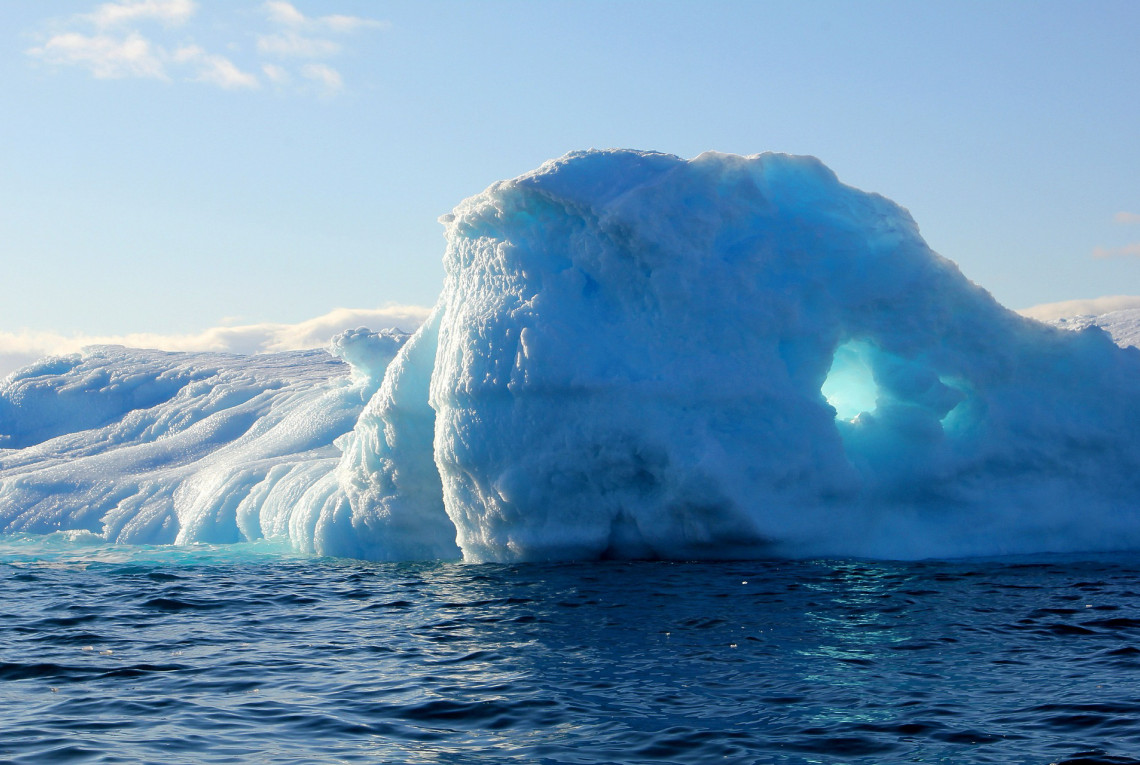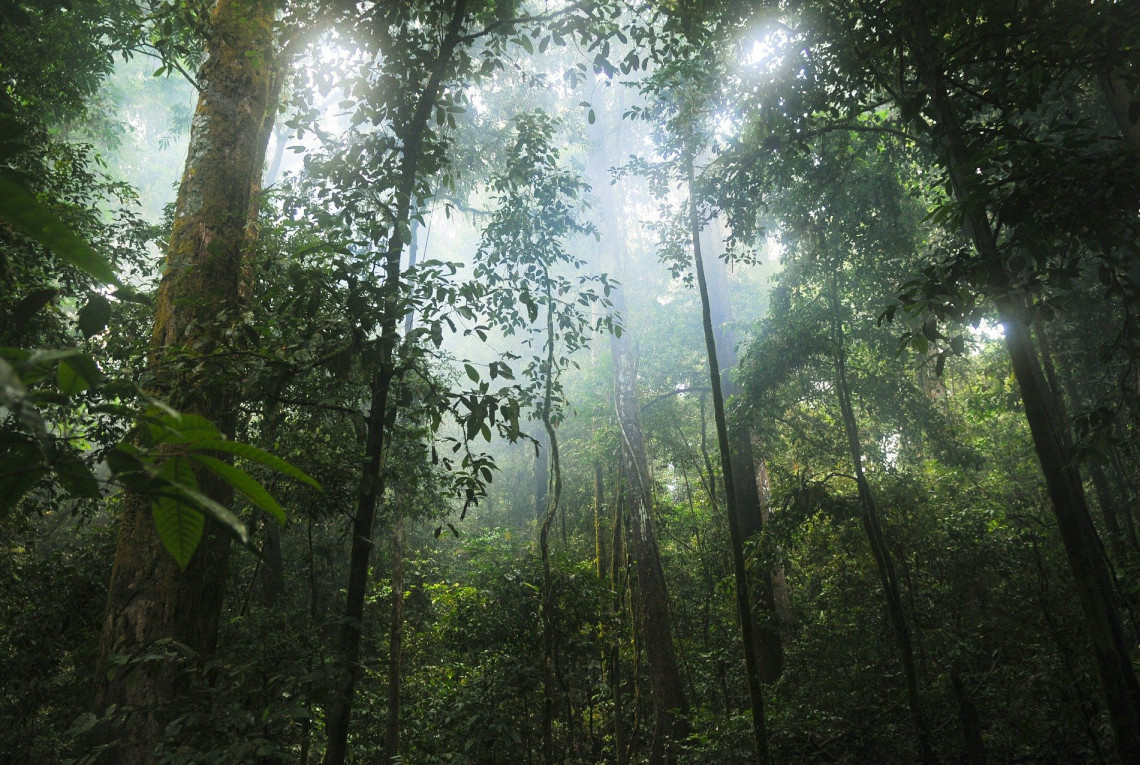What is permafrost and where is it found?
Permafrost is frozen soil with temperatures that stay below freezing point (0°C) for at least two consecutive years. It forms about 15 percent of the land surface in the Northern Hemisphere and can also be found in the Antarctic and at high elevations in mountain ranges. It can include stone, sediment or soil and contains various amounts of ice. The ice acts as a glue that holds everything together. Most permafrost was formed during or after the last ice age. Permafrost can be very thin and also reach a depth of up to 1500 meters. The thaw layer above the permafrost is 15 to 100 centimeters thick. It is interspersed with organic material that is only partially decayed and rich in carbon, which comes from vast amounts of dead plant material deposited in the soil.
The nature of permafrost soils is changing as they thaw to ever greater depths due to climate change. That has an impact on global climate, biodiversity and society. The Arctic is currently warming faster than the rest of the world – on average at least twice as fast as the global mean – so the permafrost is thawing much faster than expected. The cause is polar amplification, a complex process in which climate change is intensified by the special conditions in the Arctic. The resulting leakage of the greenhouse gases methane and carbon dioxide into the atmosphere is particularly worrisome.
Scientific advice: Soraya Kaiser and Moritz Langer / Alfred Wegener-Institut, Helmholtz-Zentrum für Polar- und Meeresforschung (AWI).





